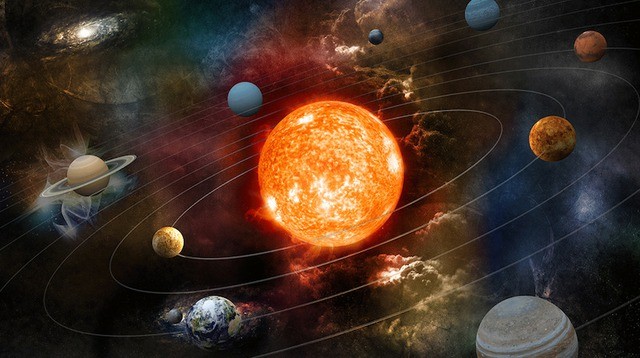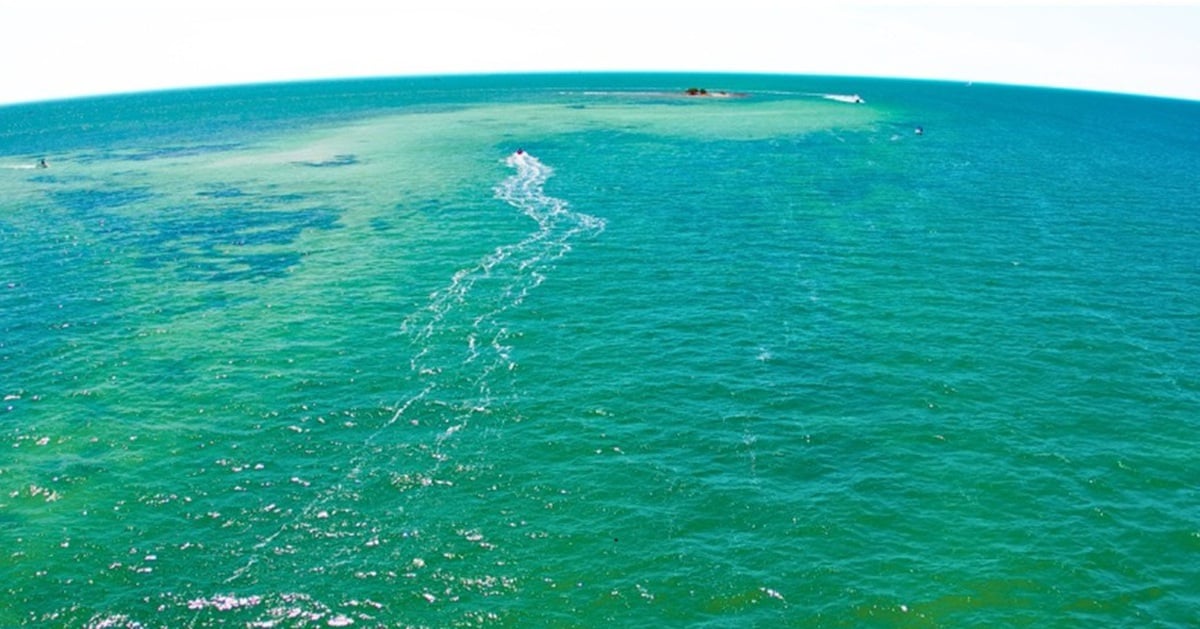The summer solstice brings the longest day in the Northern Hemisphere, including Vietnam. This year the summer solstice falls on June 21, the day when the Sun shines the most during the year, nearly 1/4 minute longer than 24 hours.
Why is the summer solstice longer?
According to the Hanoi Astronomical Society (HAS), this year's Summer Solstice takes place on June 21, at 3:46 a.m. (Vietnam time). The Earth's north pole will tilt toward the Sun. At this time, the Sun will reach its maximum position in the northern part of the sky. The Sun will shine directly on the Tropic of Cancer at 23.44 degrees north latitude.
This will be the first day of summer in the Northern Hemisphere and the first day of winter in the Southern Hemisphere. It is also the day with the longest daylight and shortest night of the year. The earliest sunrise occurs before the summer solstice because the days are longer than 24 hours at this time of year. Specifically, the length of the day (measured by the time between two consecutive noons) is nearly a quarter of a minute longer than 24 hours. Therefore, solar noon is later on the summer solstice than it was a week earlier. Therefore, the time of sunrise or sunset is also later on the clock.
 |
| This year's Summer Solstice falls on June 21. |
The main reason the Sun rises earlier before the solstice is due to the tilt of the Earth's axis of rotation. This causes the earliest sunrise to always occur before the solstice even though the Earth's orbit around the Sun is a perfect circle.
However, the elliptical orbit of the Earth also greatly affects when this phenomenon occurs. On the summer solstice, the Earth is relatively close to aphelion – the point farthest from the Sun in its orbit – which reduces the effect compared to when the Earth is near perihelion later in the year.
To make it easier to see, at mid-latitudes, the earliest sunrise in the Northern Hemisphere occurs about a week before the summer solstice, and the latest sunset occurs about a week after the summer solstice. By the end of the year, the earliest sunset occurs two weeks before the winter solstice, while the latest sunrise occurs about two weeks after the winter solstice.
Solstices occur twice a year, one in the summer called the Summer Solstice - June, and one in the winter called the Winter Solstice - December. On the Summer Solstice, the Sun is highest in the North, on the Winter Solstice, the Sun is highest in the South.
The summer solstice is the day with the longest daylight hours of the year.
Mr. Dang Vu Tuan Son, Vietnam Astronomy and Cosmology Association, said that the Summer Solstice is not a day but a moment in time. The Summer Solstice for the Northern Hemisphere is the moment when the North direction of the Earth's axis is most towards the Sun, or to put it more simply, the Northern Hemisphere is most inclined towards the Sun.
On this day, the light from the Sun shines perpendicular to the Tropic of Cancer of the Earth - or more precisely, people standing at the Tropic of Cancer will see the Sun directly overhead (zenith) at noon.
Because the total area illuminated at the same time is the largest of the year, at this time, the day is the longest and the night is the shortest in the Northern Hemisphere and vice versa for the Southern Hemisphere (for the Southern Hemisphere, this is the Winter Solstice).
As mentioned above, Summer Solstice is not a day, but a specific time. The reason why people call a certain day Summer Solstice every year is simply because the Summer Solstice falls on that day of the year. Meanwhile, different locations in the world have time zone differences, while in one place it is the night of the previous day, in another place it may be morning or noon of the next day.
The time of the summer solstice is unique, it corresponds to different hours in each location and therefore corresponds to different days. However, in locations further east, the time zone difference will lead to a difference in days.
The summer solstice does not fall at the same time every year. Because the Earth's cycle around the Sun is not a full day - it is not exactly 365 days but ~365.2422 days (hence the need for leap years of 366 days to make up for the extra day), and because the Earth's axis itself fluctuates over time, the summer solstice (like the winter solstice, spring equinox, and autumnal equinox) is not a fixed time every year but fluctuates. Therefore, in the same location, the summer solstice can fall on June 21 or 22 depending on the year, not always on the same day.
When the summer solstice begins, the Northern Hemisphere is tilted 23.5 degrees towards the Sun, so the amount of light received here will be very large, leading to the longest daylight hours of the year during this season, the days are longer than the nights, the sky gets dark late and the light comes early. The daylight hours can even be so long that some cities in Northern Europe have the phenomenon of "white nights", meaning that there is no night at all.
According to Health and Life
Source: https://tienphong.vn/vi-sao-216-la-ngay-dai-nhat-trong-nam-2024-post1647139.tpo


![[Photo] Prime Minister Pham Minh Chinh chairs meeting to discuss tax solutions for Vietnam's import and export goods](https://vstatic.vietnam.vn/vietnam/resource/IMAGE/2025/4/10/19b9ed81ca2940b79fb8a0b9ccef539a)
![[Photo] Summary of parade practice in preparation for the April 30th celebration](https://vstatic.vietnam.vn/vietnam/resource/IMAGE/2025/4/11/78cfee0f2cc045b387ff1a4362b5950f)

![[Photo] Phuc Tho mulberry season – Sweet fruit from green agriculture](https://vstatic.vietnam.vn/vietnam/resource/IMAGE/2025/4/10/1710a51d63c84a5a92de1b9b4caaf3e5)




























































































Comment (0)